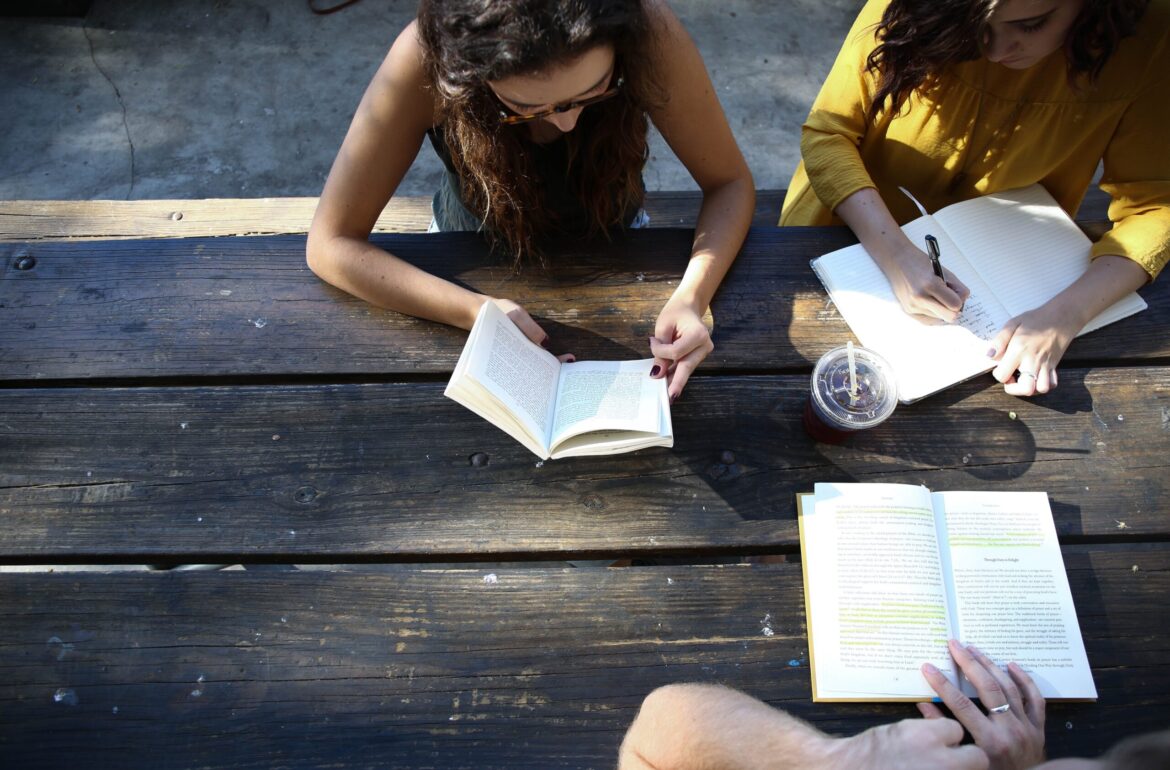Reet Kasepalu, a junior researcher at Tallinn University, is researching what students do during group work. CoTrack, a smart assistant designed for more effective learning, shows how much someone contributes to working together and offers the teacher guidance on how to make learning more effective.
Estonians are characterised as tinkerers and lone workers. At the same time, research shows that by working together we can learn from each other, learning is deeper, and great ideas are born from collaborations. At Tallinn University, we are studying how to make collaborative learning more effective.
Collaboration skills should be learned and practised in the same way as the multiplication table. However, more time is currently being spent on multiplication tables in schools. In an average Estonian class, there are 24 students. When doing group work, they form six groups, whose achievements and failures should be able to be monitored and guided by a teacher. Understandably, six groups is too many for one teacher to be able to reach and help everyone. Now, imagine that the teacher had the possibility of using the smart assistant CoTrack to help them monitor what is going on in the classroom and notice the idlers in the groups.
First prototype
In the course of the design-based research, we have created the smart assistant CoTrack, which the teacher can use when working together in a classroom, as well as with distance learning at home. At any given time, the teacher sees how far the group has come with the task, how active the learners are in the group and what the general mood of the group is. CoTrack uses a facial recognition programme to detect students’ emotions and collects data on the written and oral contributions to group work.
In this way, the teacher is much more aware of the learning process taking place in the classroom or at home. Should a study group have a problem, they can easily report it to the teacher. However, should it happen that the students themselves do not dare or do not know how to ask for help, we are developing a model that predicts which study group is likely to develop problems due to insufficient cooperation and the assistant informs the teacher in good time.
If desired, CoTrack will provide teachers with instructions on how to solve problems. This way, the teacher has an extra pair of eyes and ears to get an overview of learning together, and an assistant who helps to develop the cooperation skills of students.
First real-life experiments
The first experiments of the CoTrack prototype with active teachers showed that the assistant is useful, and the feedback from the teachers was positive. Teachers want to keep trying out the smart helper. They want to have a better overview of the work done in groups and see the contribution of each student, in order to reduce dawdling during group work. Teachers suggested that the smart assistant could also be used in assessment.
In previous studies, we used video material in which teachers assessed the situations in the classroom seen in the video and compared their assessments of group work with the analysis performed by the technical assistant. Next spring, we want to conduct a more extensive study, where we will test the smart assistant CoTrack with the students in real time in classroom (or distance learning) conditions.
Taking into account the teachers’ comments and suggestions, we have developed the prototype further so that the teacher receives information about the students’ activity from a single graph, and for monitoring group work, each student only needs a computer with a camera and a microphone. We assume that this development will not require schools to purchase additional equipment. Teachers and students only need to get used to using one simple programme.
The potential for developing students’ collaboration skills is great, and the potential benefits from better cooperation are currently unfathomable to tomorrow’s society. Effective cooperation is possible if people can listen to each other, value each other’s opinions and dare to express themselves.
In a rapidly changing world, there are problems that cannot be solved by individuals. Cross-sectoral teams are therefore more important than ever to create a better future. With CoTrack, we want to reduce idling during group work so that all students at school are involved and can practice their collaboration skills.
The translation of this article from Estonian Public Broadcasting science news portal Novaator was funded by the European Regional Development Fund through Estonian Research Council.
 Back
Back



